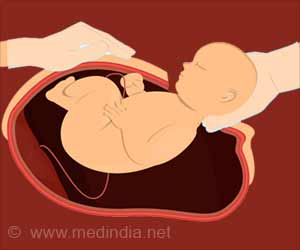Microbiomes are inherently linked by their structural similarity, yet the global features of such similarity are not apparent. Researchers have now developed a new scale-free, fully connected search-based network to explore the connectedness of microbiomes across the world.

‘Microbiomes are inherently linked by their structural similarities. Although the compositions are distinct by habitat, each microbiome is, on average, only six relatives away from any other microbiome on Earth.’





Researchers have found a new solution for this by developing a scale-free, fully connected search-based network to explore the connectedness of microbiomes across the world. "We drew the first global microbiome transition roadmap to illustrate the potential yet most likely paths to explain the evolution process of global microbiomes," said SU Xiaoquan, a professor at Qingdao University and one senior author of the study.
A scale-free network
An international team of researchers developed this cutting-edge global design called "Microbiome transition network" (MTN). It is a scale-free network that ensures a strong degree of tolerance against random perturbation. The team developed and used Microbiome Search Engine (MSE) can construct the global transition network of microbiomes under three hours and return the closest neighbors of a query microbiome in less than 0.5 seconds.
The MTN connects 177,022 microbiomes from 20 diverse ecosystems that include the plethora of ecological niches on the human body and environment based on their composition similarities.
Advertisement
It can also provide some important information about the evolvement or interaction of microbiomes. For example, one roadmap from the network revealed that the microbiomes of the ocean are most likely to interact with the microbiomes of beach sands and marine fishes. Another interesting finding is the revelation of soil and freshwater as the gateways of microbial exchange between the environment and plants or humans.
Advertisement
Monitoring the microbiome perturbations in the environment
Global threats, including the rapid change in climate and civilization on Earth, have influenced microbiomes, causing some to disappear and new ones to emerge every day. Although there are some ways to record them via metagenome sequencing, it still seems to be a difficult task without the use of powerful search engines and standardized databases for microbiomes such as those in MSE.
Jian highlighted, "Such search-based global microbiome networks, reconstructed within hours on just one computing mode via MSE, provide a readily expanded reference for tracing the origin and evolution of existing microbiomes, and perhaps for guiding the design of new microbiomes," pointing out the potential use of their design in monitoring perturbations that occur in different types of microbiomes.
Source-Medindia









